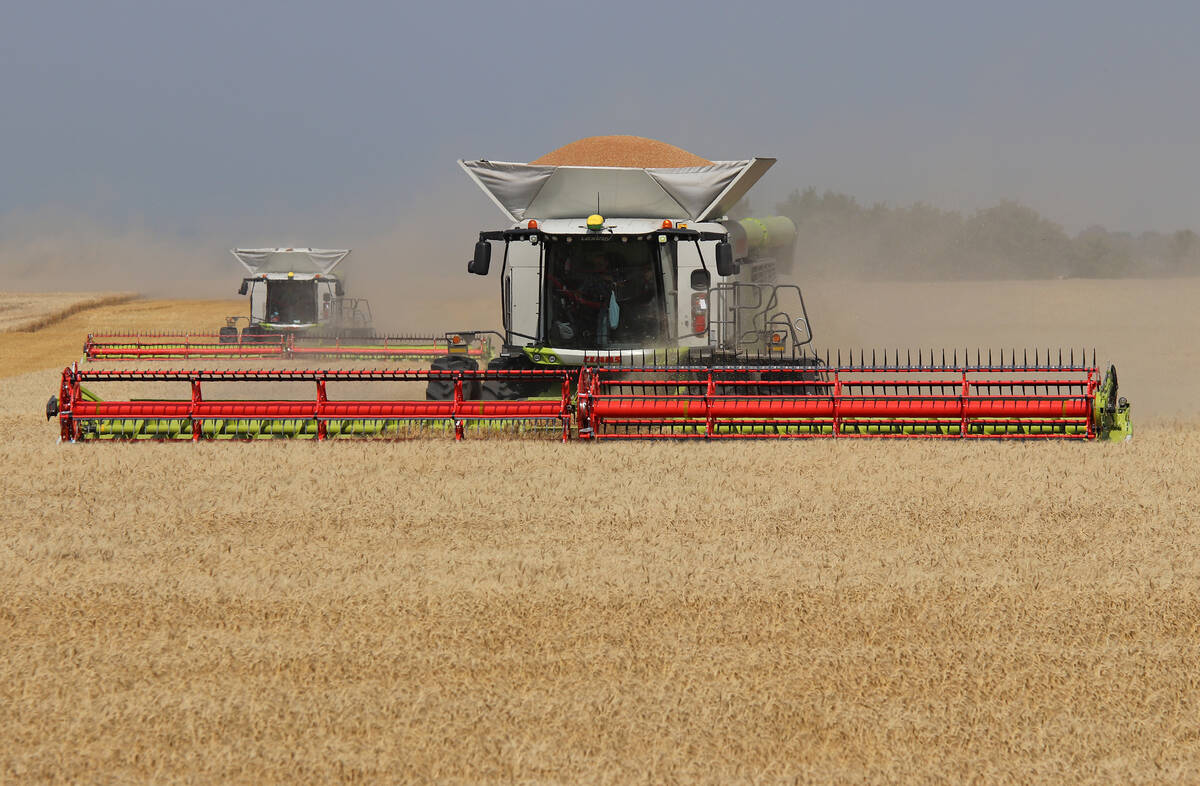Glacier FarmMedia—Warmer and drier weather in Alberta has given canola prices a boost during the week ended July 17, according to one trader.
Ken Ball of Ventum Financial Corp. in Winnipeg acknowledged that while dryness and warmer temperatures would be seen as beneficial in rain-drenched fields in Saskatchewan and Manitoba, heat stress on canola crops in Alberta would be aggravated. This has led traders to become a bit more bullish on the oilseed.
“We’re starting to see canola show some independent strength and it’s definitely due to the weather forecast. Most of the canola is getting into full flower now and up to 10 days of heat without too much moisture is going to trim the yield in some areas,” Ball said, adding that temperatures in some parts of Alberta were expected to be as high as the mid-30 degrees Celsius.
Read Also

Argentine farmers bag last fields of a dream wheat season
With only a few hectares left to harvest, Argentina’s wheat production is expected to exceed the country’s record wheat harvest of 22.2 million tons for the 2021/22 season by up to 25 per cent, according to official data.
“Alberta looks to be the most vulnerable … We are clearly seeing canola react to this,” he explained.
Optimal flowering conditions for canola are under moderate temperatures over a few weeks, which can maximize yields, according to Ball. Those who trade canola are keeping an eye on conditions.
“Everybody’s watching it pretty closely, including United States traders. We’re also seeing wheat and oats up a little bit in those markets. They might be moderately affected by the heat, but canola would be the most affected because they’re in the flowering stage,” he said.
Ball said spreaders selling soyoil and buying canola are also affecting canola prices, as well as spillover pressure from soyoil onto canola. However, weather remains the main driver.
“(Soyoil) will somehow limit how much canola is going to react on the weather issue. How severe the damage proves to be in canola? I think the crop is far enough along that even though we’ll take some damage, we’ll still end up with a pretty good yield. We’ll just have to wait and see over the next couple of weeks.”
Recent warmer weather has kept November canola above C$600 per tonne, according to Ball. If soyoil finds momentum, canola can make even more gains.
“If soyoil found support and started to turn higher again and canola was still suffering weather issues, we could see a much brisker market to the upside in canola. But predicting what the product value will do is not as easy as predicting what the crop value will do,” he said.















